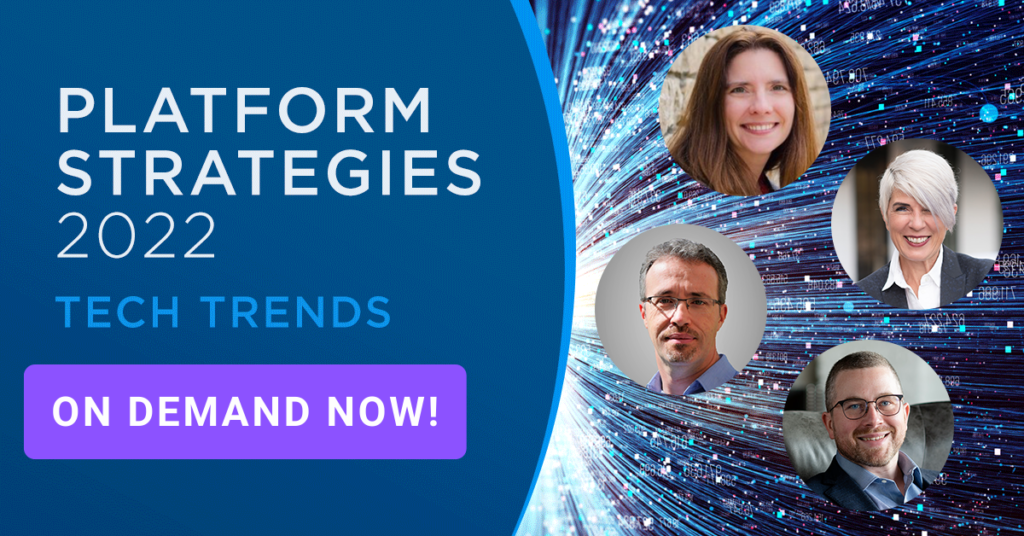The discussion covered change management, digital transformation, iterative approaches, and horizon scanning for the trends most likely to shape scholarly & professional publishing in the coming years. Below are some takeaways from that event on how to best shape organizational structure and decision-making processes to make transformation more successful.
WILL SCHWEITZER: “Understanding technology and how to apply it is one thing, as is choosing the technology, but rallying your organization to implement a new technology to change their processes, to change their framework for making decisions about what technology can do or how your business can adapt, is another.”
With the rapid change that’s occurring in the world, our classic structures for decision-making and info-sharing are outdated. Now that modern companies are shifting away from the traditional hierarchical structure, these tools are no longer optimal. Instead of everything being passed up a seemingly endless series of chains, it’s becoming more efficient to pivot to a new process: distributed decision-making.
Rethinking Structure
Distributed decision-making is all about allowing specialized executives or small teams across the company to make decisions while communicating and sharing resources. Since it’s impossible for everyone to be involved in everything, this structure not only allows for a more equal share of the responsibility, but it also empowers others to apply their knowledge. Though this may sound risky, by distributing the decisions across the organization, the people forming the consensuses end up being the most experienced in that area.JOANNE SHEPPARD: “As technology is moving faster and faster, decentralized decision-making, and only having the core folks that have that expertise being able to really enact and be empowered to make a decision, is going to be absolutely critical because things are getting more and more specialized.”
What About Tech?
Meaningful decisions can be made by members of the organization who aren’t executives; after all, this system is all about empowerment. But for this to happen, they need to be well-informed.ANN MICHAEL: “People can make decisions, and really good ones, when they have the foundational knowledge, exposure, communication that they need, and the organization is clear about its purpose and direction.”
That’s why modern companies need to constantly adapt their information-sharing technologies to reflect changes trends. This is certainly not easy, because investing in a technology, implementing it, and then relying on it requires commitment, but it’s important for remaining flexible.
JOHN CAMPBELL highlighted that by keeping your core architecture strong, you can swap out old technologies quickly and pivot to address changing needs. Disrupting familiar structure is daunting, but in reality, those disruptions are happening anyway. Try to think about the opportunities for growth inherent in this process and collaborate. On the tech side, it’s becoming more and more important to make the right decisions as fast as possible. By emphasizing the right skills, and specializing/decentralizing, you can meet that speed.
Tackling the Transition
Adjusting to a decentralized structure is intimidating, but it all starts with getting better at delegation. It’s about building an attitude of trust and inquiry. Remember that everyone can’t do everything. If you’ve considered this, and still feel as though you as a leader need to be involved in a particular decision, ask yourself: why? As Ann pointed out, if there are fundamental skills missing in your organization, that’s a separate problem.We will always be in a state of transition in some way or another. If we don’t start to rethink how we structure ourselves, both in terms of decision-making and technology, we will fall behind. But try to understand that it’s progress, not perfection. Be transparent, communicate, and collaborate, and move on to the next challenge.
View the full event recording and read the transcript here. Plus, make sure you're registered for the other events in the series, by visiting our series page.
